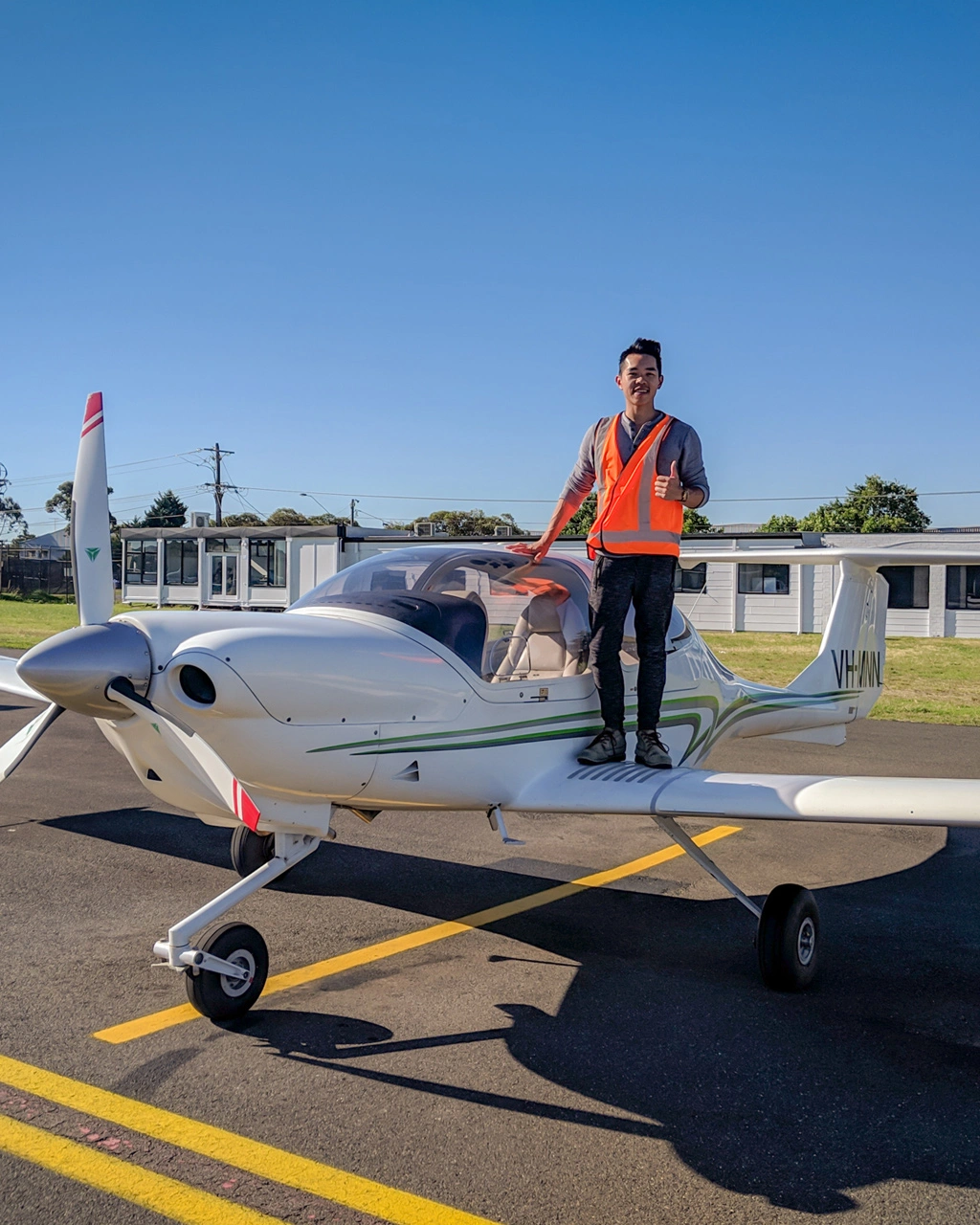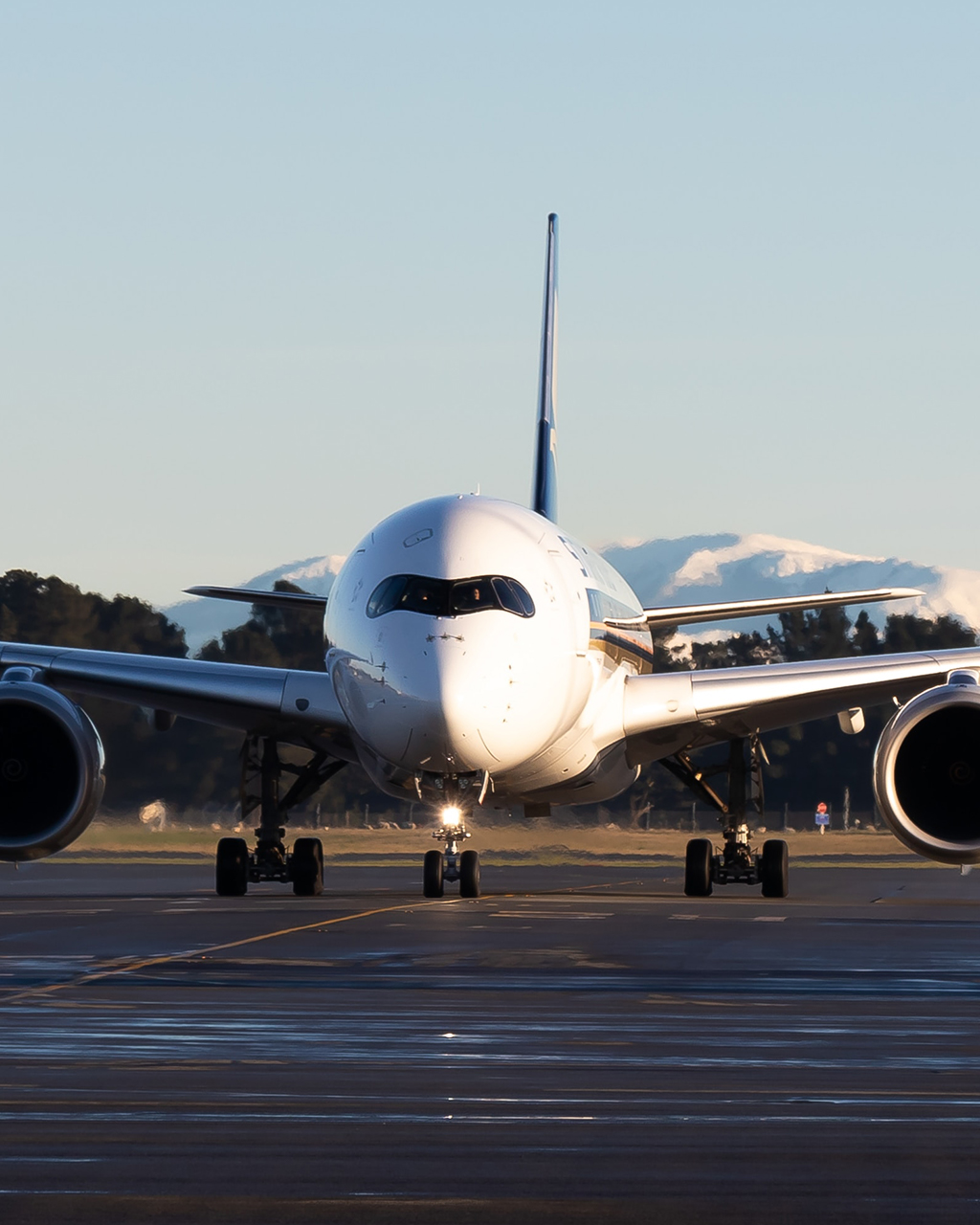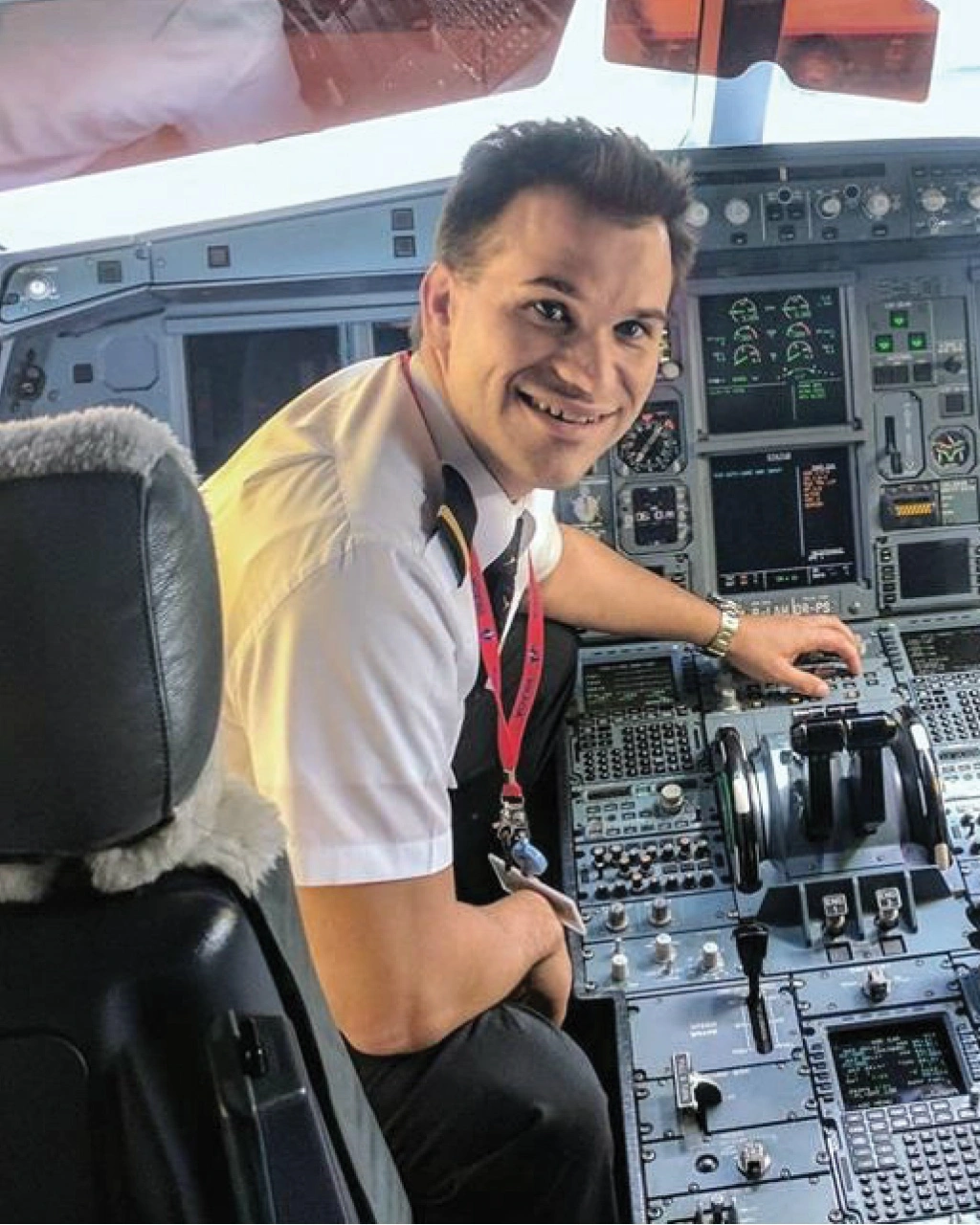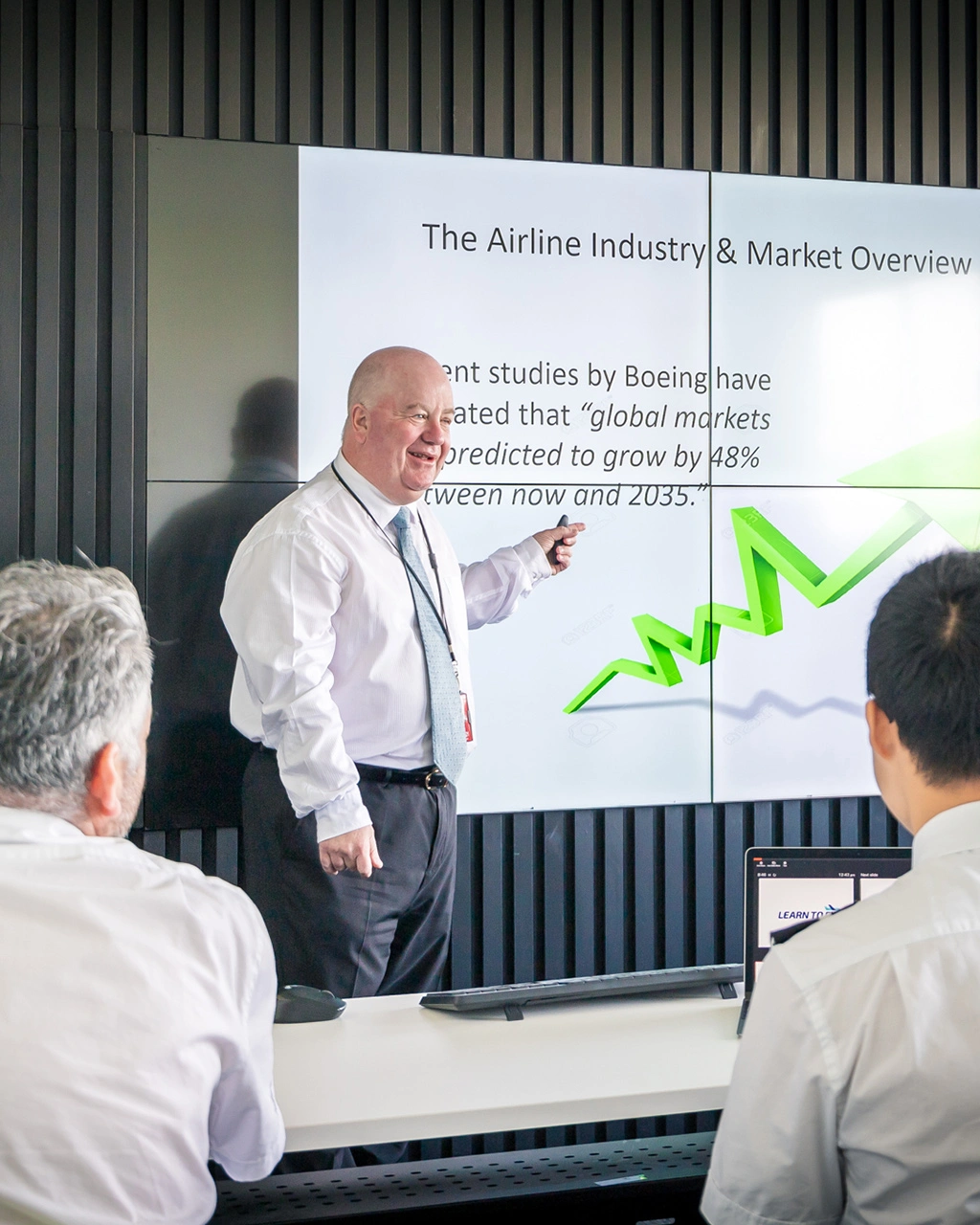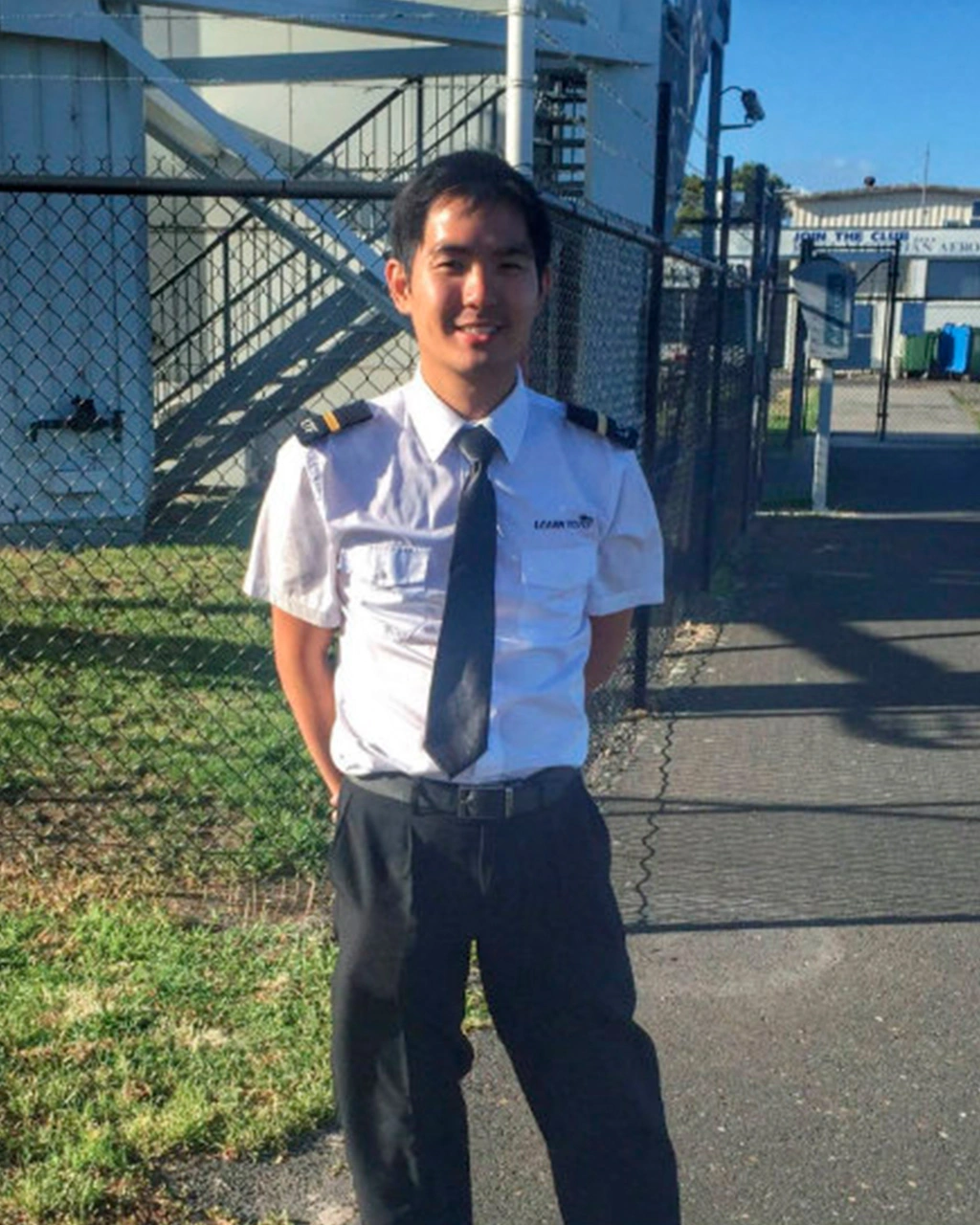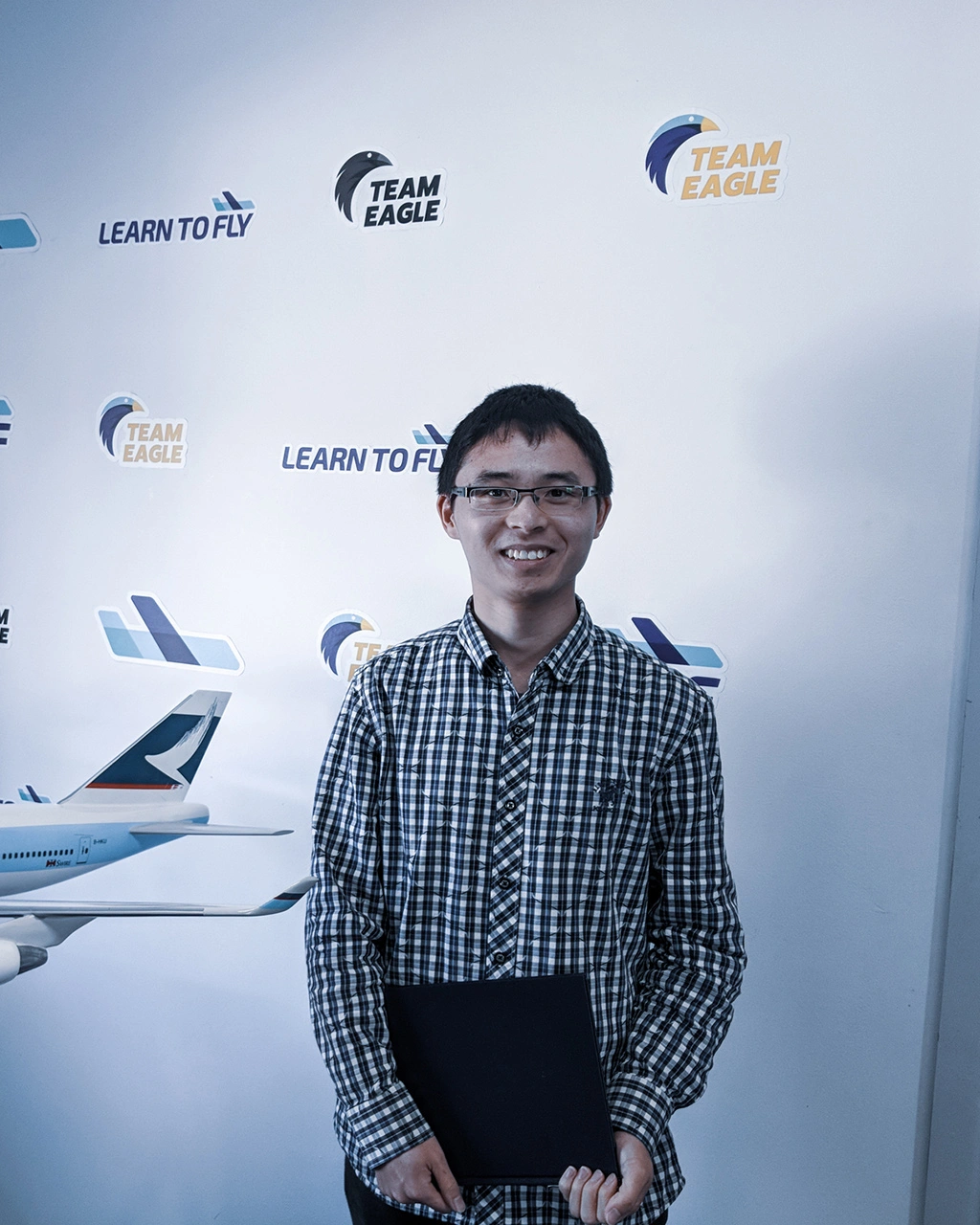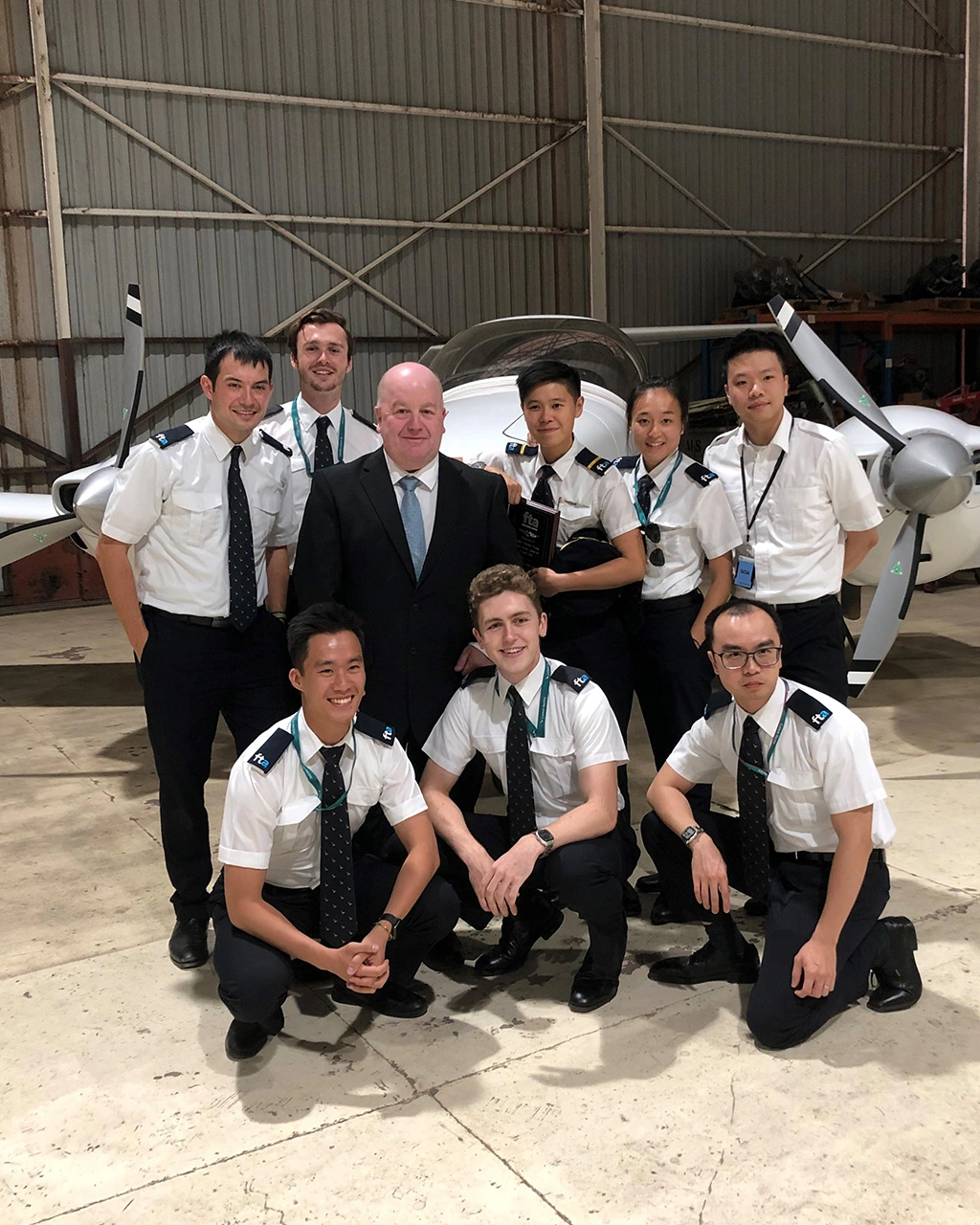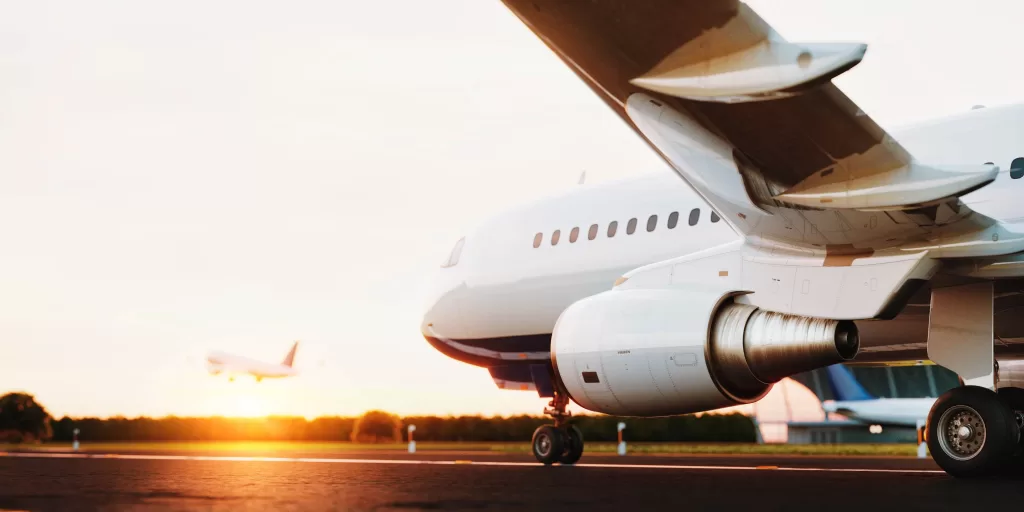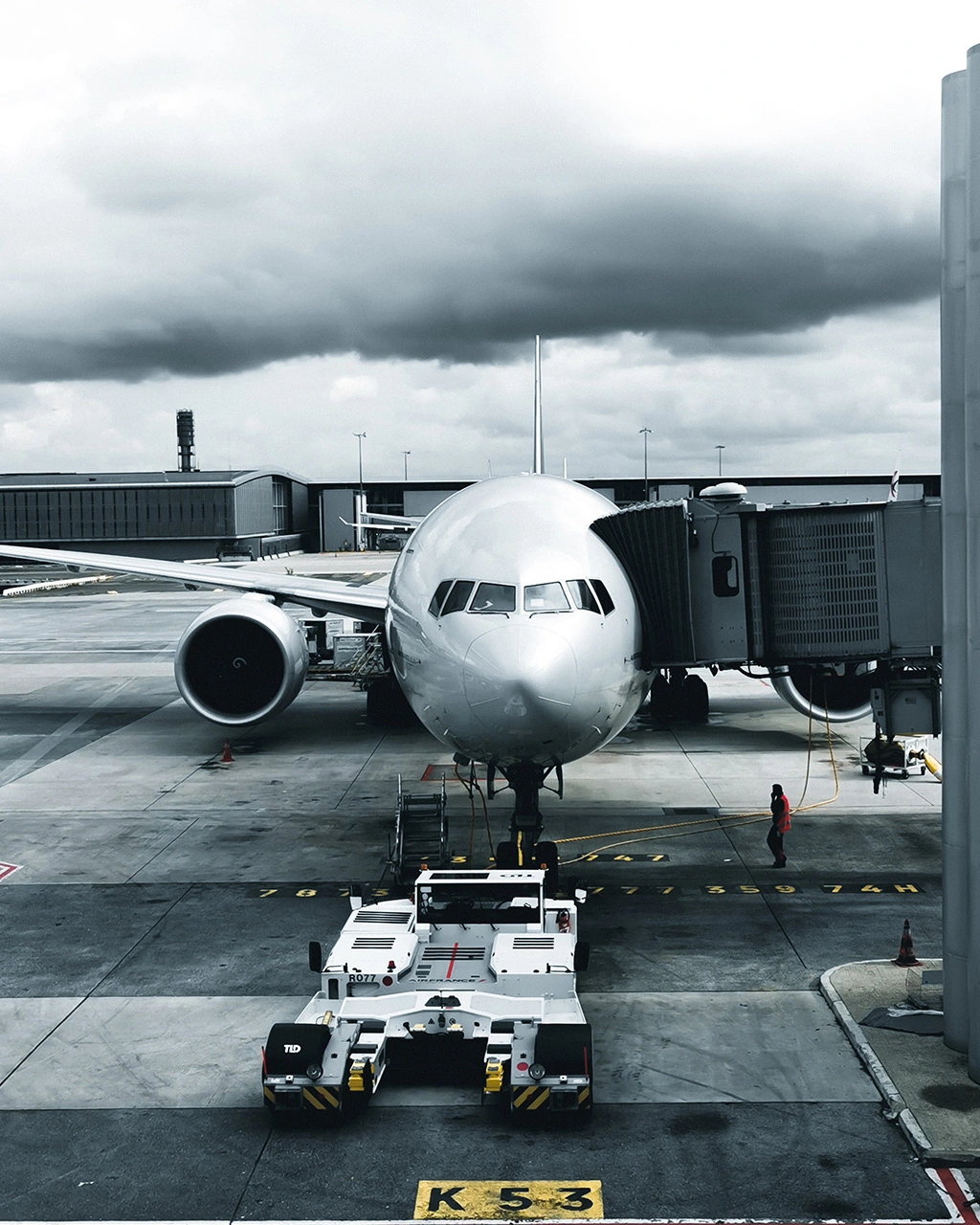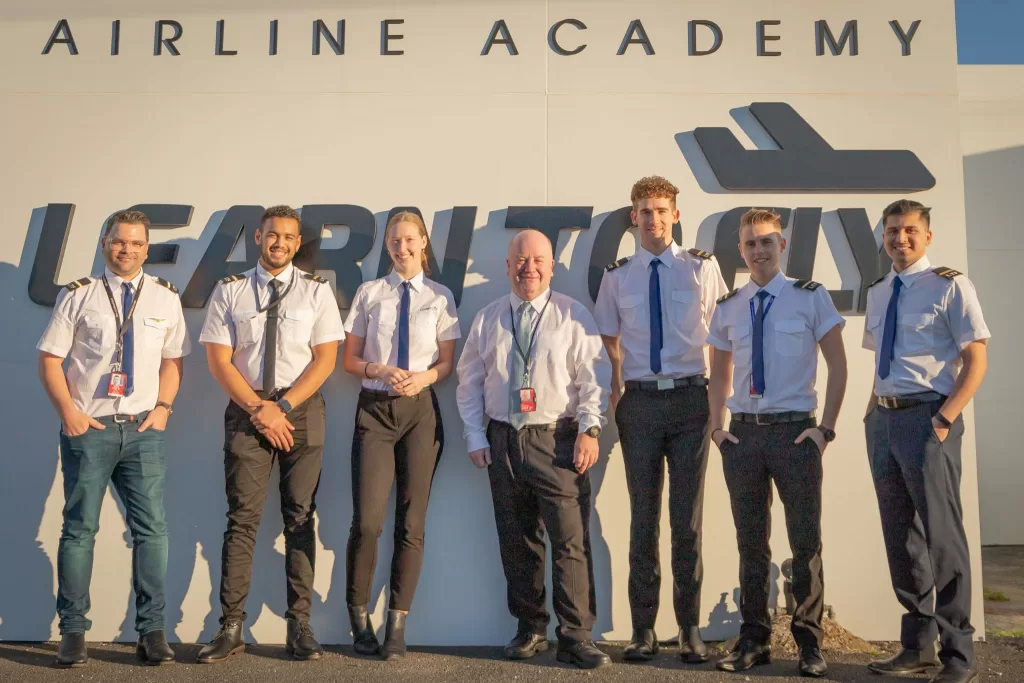We recently offered a Learn To Fly scholarship for our highly successful Future Cadet Pilot Program to a Hong Kong student. The scholarship allowed the successful applicant to come to Australia and complete the flight training component of the program.
Our scholarship recipient was Dean Shing, who has been accepted into the Cathay Pacific cadetship program. He came to Melbourne to complete his flight training and fly solo, and we caught up with him to talk about the process, as well as his love for flying.
Dean’s Flight Story
The Beginning
The moment I became determined to be a pilot was when I did my first flight training in Canada in May 2018. But my Learn To Fly Scholarship program preparation started a lot earlier than this. Allow me to share a bit of my aviation journey.
I was never an aviation person, and being a pilot to me was just like being an astronaut. It was something I never thought was possible. But all that changed in December 2015 when I was travelling around New Zealand, looking for fun and exciting things to do
That was when I did a trial flight. It was an absolutely beautiful and amazing experience. I still remember after my instructor aligned the Cessna 172 to the runway centreline, he asked me to apply full throttle, and then pull back on the control yoke, and the C172 just lifted off; and here it was, my first takeoff, flying me into my aviation journey.
Ever since then I started to be interested. Part of me thought having flying as a hobby was a pretty cool thing to do. It’s silly I know, but that’s how I started. What I did was mostly self-studying, and later joining AAEP (Advanced Aviation Education Programme, by Hong Kong Air Cadet Corps) after I came back to Hong Kong. It was during the course I realized that being a pilot is not just about flying. It involves a lot of planning, decision-making, and multi-crew working, etc. That really attracted me, and that’s also when I started studying really hard for the Learn To Fly Scholarship program.
To confirm my passion, I went to Canada for my first flight training. It was during the fight training I found out that not only did I enjoy the flying part so much, I enjoyed literally everything including all the ground preparation with my instructors, the late night study with my batch mates; and the satisfaction of flying in the sky is incomparable. That’s when I became determined to be a pilot, so I made my move, and here I am!
Preparing and Applying for the Cathay Pacific Cadet Pilot Program
My preparation for the Cathay Pacific cadet program was divided into two parts – technical knowledge and HR Interview, both of which require teamwork.
Firstly for the technical knowledge, I did a lot of self-study, reading mostly Bob Tait’s. Apart from books and Google, I have learnt a lot about Meteorology and Engineering through YouTube. Another thing I did was having study group meetings. During these we discussed different technical knowledge, shared question banks, and had mock interviews with each other. In my opinion, it is important to do it on a regular basis with different people. In that way not only did I learn from different perspectives, but knowing that I’m not alone in pursuing this dream actually energised me. It’s important to always ask “why”, and know that it is not only the cadet pilot interview that I’m preparing for, it is the career.
Secondly for the HR interview, the most important thing is knowing yourself from inside out. Let’s first talk about CVs and portfolios. Simply put, each item on my CV and portfolio is there for a reason – they can either show my passion for flying or show what kind of person I am (in a good way). If they can’t serve either of the two purposes, they shouldn’t be there.
For the interview part, I think it’s important to treat it not as an interview, but more like meeting new friends, or even having a speed date. It’s really the process for your new friends to know about you, and, to a lesser extent, for you to know about your new friends. Be calm, act normal, and show them why you’re suitable. Of course it’s easier said than done. To prepare I had a lot, I mean really a lot, of mock interviews with different people; and I have also applied for different jobs just to gain “real” interview experience. In this way, I was calmer when facing the real one. I also learnt when to talk more, and when to stop, i.e., talk like a normal person in an interview.
Before applying, I also did 12 hours of flight training in Canada. I think it’s important to at least try a couple hours of flying to know whether you really like it or not, before committing to a life-long career. And the pursuit of a career is always a team game. Joining some courses or programmes is a good way to start your preparation. Not only you’ll learn the knowledge in a proper manner, but you’ll also meet people who may as well become your batch mates in cadet training in the future.
The Interview Process
At the time of my application, there were 3 stages:
– 1A – Aptitude Test + Technical Quiz
– 1B – HR Interview
– 2 – Flight Planning Exercise, Group Exercise, and Technical Interview
The 2 interviews were more relaxing than I expected. They were really just like chatting, letting them know why I want to be a pilot, and what makes me suitable to be one. You need to familiarise yourself with the whole process, know what to expect, and therefore what to prepare. Nothing should come as a surprise if you are well-prepared.
The most difficult and time-consuming part of the preparation was the interviews, and therefore HR questions. Others were pretty straight forward. From my experience, when preparing for HR interview it’s easy to fall into a trap – pretending to be someone we’re not. It’s important what we say in the interview match what we have done in the past (shown on our CVs). To prepare for this, I would suggest first you need to figure out what kind of qualities the airline is looking for in you. And then you can start judging from those essential qualities to see which ones you have. This process could take a lot of time so it’s better to start preparing earlier.
I found that quite a lot of people I met would try to hide their past failures or mistakes. To me they’re actually a great selling point if you know how to use them. It doesn’t matter what failures or mistakes you had, it matters what you have done about them. Show the interviewers what you have learnt from them, and how you have improved. Once again, match what you say with what you have done.
Flying in Melbourne with Learn To Fly
Flying with LTF was an amazing experience for me, and has built up my confidence in flying. During my last flight training in Canada, I was struggling on landing and because of that I wasn’t able to do my 1st solo. Before I started my training with LTF this time, I had already expressed my concern. Not only did LTF construct the training schedule to fit my particular needs, my instructor Uly also gave me a lot of encouragement and guidance. After some bouncing on the runway, I was finally able to land the Diamond DA40, and achieved my 1st solo.
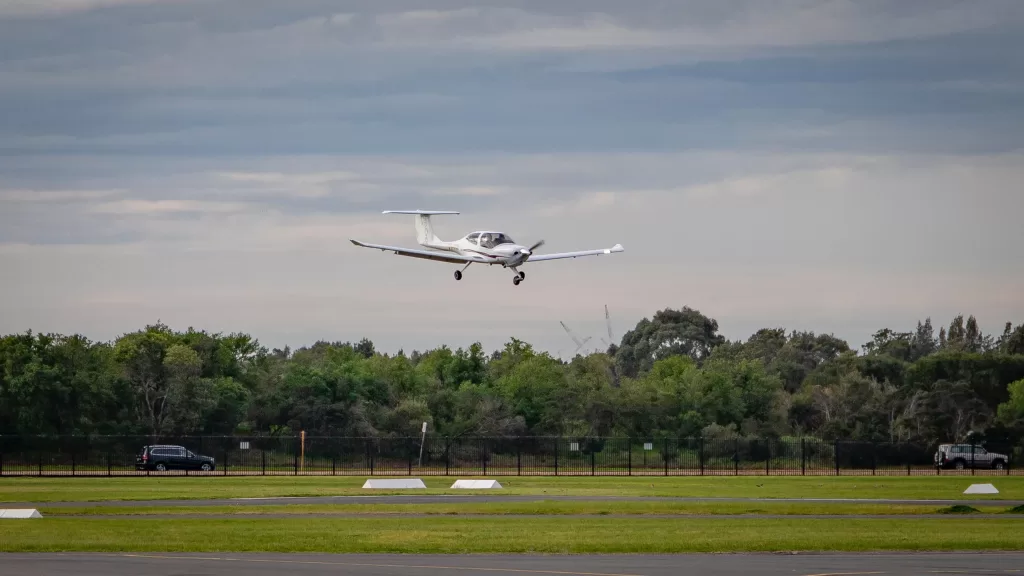
It was amazing! Words simply couldn’t describe how happy and satisfied I was, and I still am. To me, it’s not only about the joy of flying the plane by myself, but what’s more important is knowing that I can actually handle an aircraft, and that has really built up my confidence and made me feel like a pilot for the first time. For this reason I couldn’t be more grateful to LTF and my instructor Uly.
Looking back a little bit before I went to Melbourne, and before I started preparing for my flight training, I had thought flying in Moorabbin Airport was so difficult. It has 5 physical runways, each one crossing the other one. On top of that, the numerous taxiways crossing different runways makes it a bit of a maze to begin with! Thankfully LTF prepared a starter kit that listed out the detailed route map and the standard procedures for Moorabbin Airport. This preparation took away my worries about navigating the runways, and made my flight training smooth.
The other thing I have to point out is that the LTF aircraft are so beautiful. They’re probably the most beautiful ones in the airport – all looking new and colourful. It’s an enjoyment simply looking at them, and taking selfies of course! Other than flying, I do enjoy hanging around in the office. There is a big classroom for students to study and chat. I have met a lot of aviation enthusiasts there, sharing thoughts and talking about aviation.
All that being said, I’m really looking forward to coming back for more!
The Learn To Fly Future Cadet Pilot Program Scholarship
The Learn To Fly scholarship has helped me in a lot of ways. I mean the grant of the scholarship itself already means a lot to me. It is not just the flying hours that I get, but more importantly it’s the recognition of my passion and hard work – it’s a real encouragement.
Before I went to Melbourne, we already had a consensus about my flight training goals, and LTF delivered. They didn’t simply try to put me up for my 1st solo, but they constructed a training program, including the aircraft, the checklist, the procedures etc, to prepare me for the upcoming cadet training. Of course, completing my 1st solo was a simply a bonus, and a bonus that I really love.
During my time there, not only did I massively improve on my flying skills, but I have also learnt more about what it takes to become a good pilot through sharing stories with the instructors, something I find of true value.
All in all, with the help from LTF, I am now confident and ready for the upcoming challenge. I hope soon enough I could be as a good pilot as my instructors here at LTF. And I’m really glad LTF has given such a chance for Hong Kong locals to pursue their dreams. It’s never easy to take on this career in Hong Kong, but with the LTF Future Cadet Pilot Program now, the path seems to be a little bit easier.
We thank Dean for giving us this great insight into his aviation journey. We also wish him well with his training at Cathay Pacific, and hope to see him in Australia again sometime.
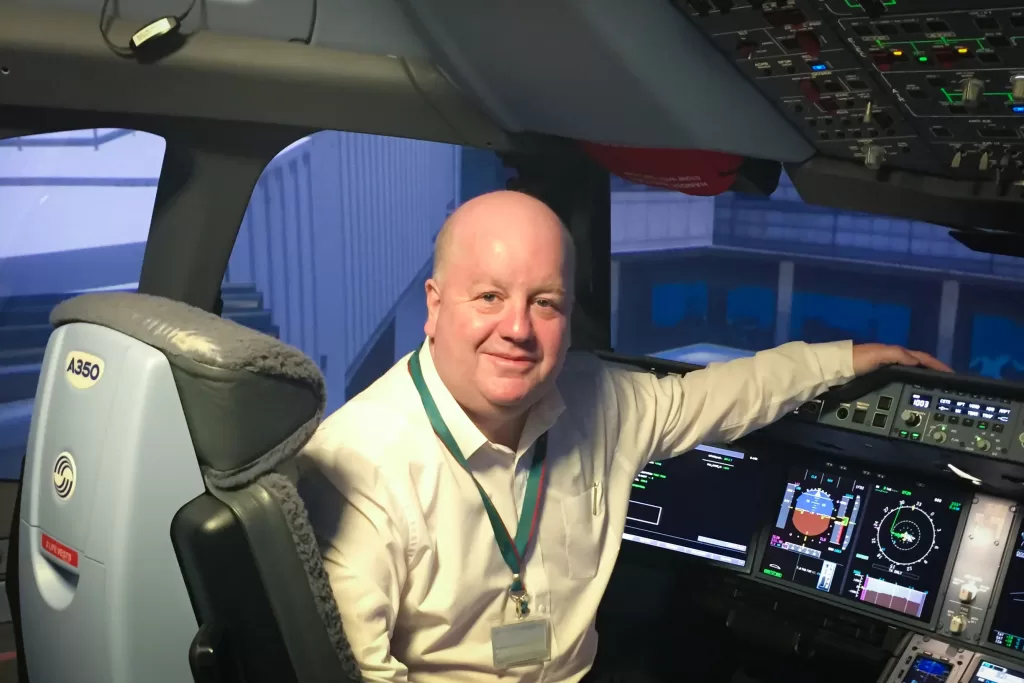
For further information about Learn To Fly scholarship opportunities, email hello@learntofly.com.au or visit https://drift.me/learntofly/meeting to book a meeting and school tour. Our highly successful Future Cadet Pilot Program is run in partnership with Captain Darren McPherson from ACS – Aviation Consulting Services.









